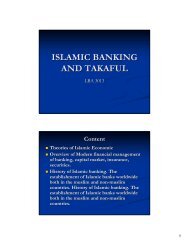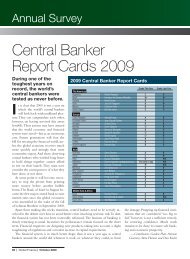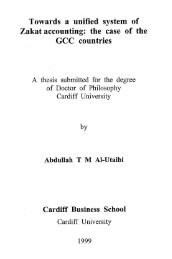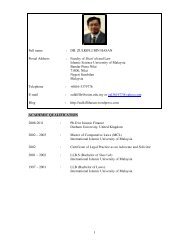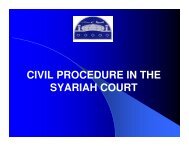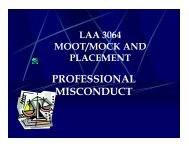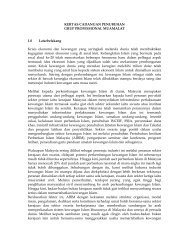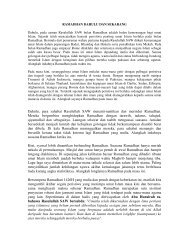Bank Kerjasama Rakyat Malaysia Bhd v Sea Oil Mill (1979) Sdn Bhd ...
Bank Kerjasama Rakyat Malaysia Bhd v Sea Oil Mill (1979) Sdn Bhd ...
Bank Kerjasama Rakyat Malaysia Bhd v Sea Oil Mill (1979) Sdn Bhd ...
- No tags were found...
You also want an ePaper? Increase the reach of your titles
YUMPU automatically turns print PDFs into web optimized ePapers that Google loves.
746 Malayan Law Journal[2010] 2 MLJ(a) ...(b) ...(c) ...(d) ...(e) ...(f) ...(g) carry on any other business expressly authorized by the Ministerwith the concurrence of the Minister of Finance.[16] It was his submission that Act 202 did not mention that <strong>Bank</strong> <strong>Rakyat</strong>could carry on Islamic banking.ABCD[17] He further submitted that in an O 14 application for summaryjudgment, an applicant would have to show that it is a plain and obvious case.COURT’S FINDING[18] There is no dispute that, at the first respondent’s request the appellantgave a revolving credit facility of RM20m and that the second respondenthad stood as a guarantor for the said facility (see the appeal record 221exh ABO4).[19] Clause 17 of the guarantee provides for the continuing liability of theguarantor as follows:CONTINUING LIABILITY OF GUARANTORThe obligations of the Guarantor hereunder shall not be discharged except byperformance and then only to the extent of such performance. Such obligationsshall not be subject to any prior notice to or demand to the Guarantor with regardto any default of the Customer and shall not be impaired by any extension of timeforbearance or concession given to the Customer or any assertion or failure of anysecurity created by or in pursuance of the Security Documents and or anymodification or amplification of the provisions thereof contemplated by the termsthereof or any failure of the Customer to comply with any requirements of any lawregulations or order in <strong>Malaysia</strong> or of any political subdivision or agency thereof.EFGHI[20] It is also common ground that the first respondent defaulted in itsrepayment. Hence the suit by the appellant against the second respondentbeing the first respondent’s guarantor for the said facility.



